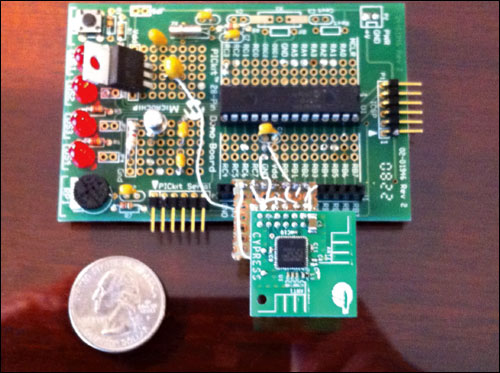Feb 01, 2012In 1973, Mario Cardullo was awarded the first patent for a passive radio frequency device with changeable memory (the term RFID was coined later). More recently, Cardullo was awarded a patent for a "method and system of tracking"—that is, an ingenious way to track the movement of items with information stored on the RFID tag itself.
The system involves a special RFID transponder that stores an identification code, an electronic address, a counter and Cardullo's unique algorithm. The counter keeps track of each time the tag is read at a new location. The location information could be the IP address of the reader or the GPS coordinates of the tagged object. Each time an object moves and the tag is read, the algorithm combines the addresses, creating a pseudonumber. To determine where the tagged object has traveled, the owner or a trading partner uses a key and the counter to disentangle the pseudonumber, to reveal the IP addresses or GPS coordinates.
Cardullo set up an intellectual property firm in Australia called CIG, which built a prototype system using a hybrid active RFID-GPS tag. His goal is to license the invention to other companies that want to perform track and trace.
"It could be used in Australia to track the location of 80 million sheep, so when you bring one to the slaughterhouse, you can read a tag and know exactly where that animal has been," he says. "It could be used to charge for the use of a road system, to track medical records for HIPAA [Health Insurance Portability and Accountability Act] compliance, or to track where military equipment has been without having to go back to a central database."
The additional memory needed on the RFID tag would increase costs, but Cardullo believes tags could be produced for as little as $1.50 each in volume. That means it could be used on many containers, animals and objects, where the history of their movements would be valuable.

